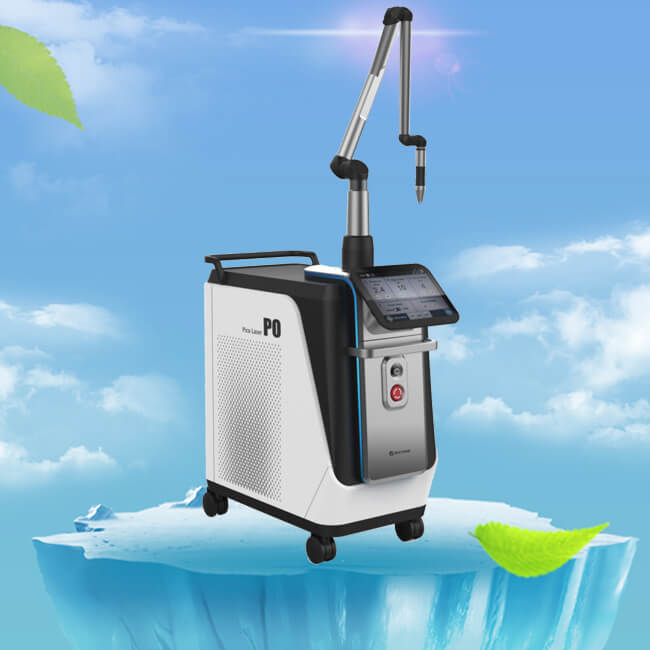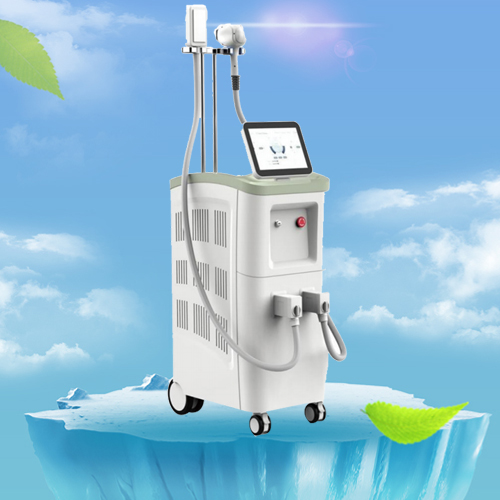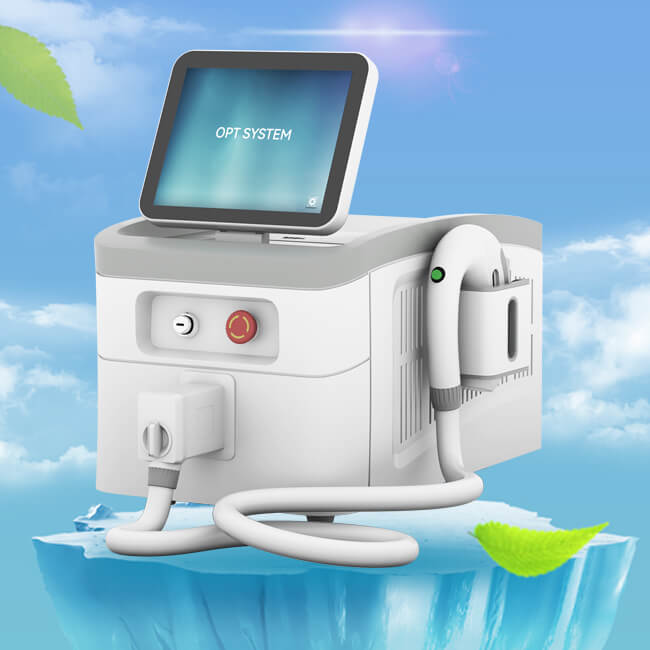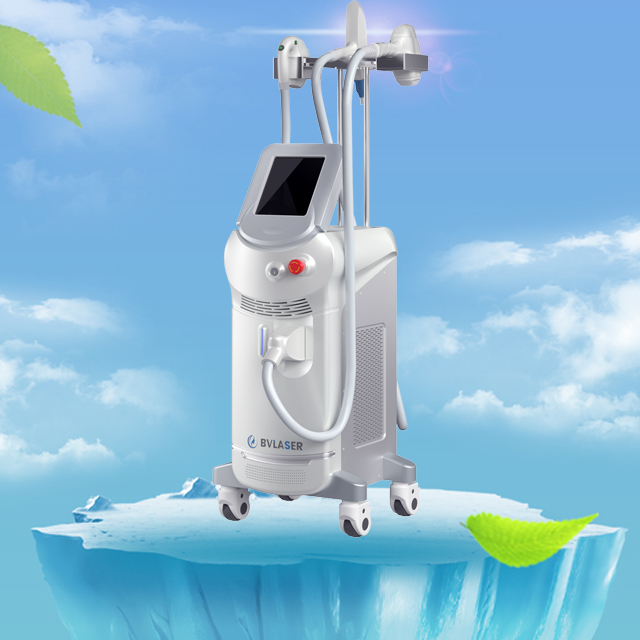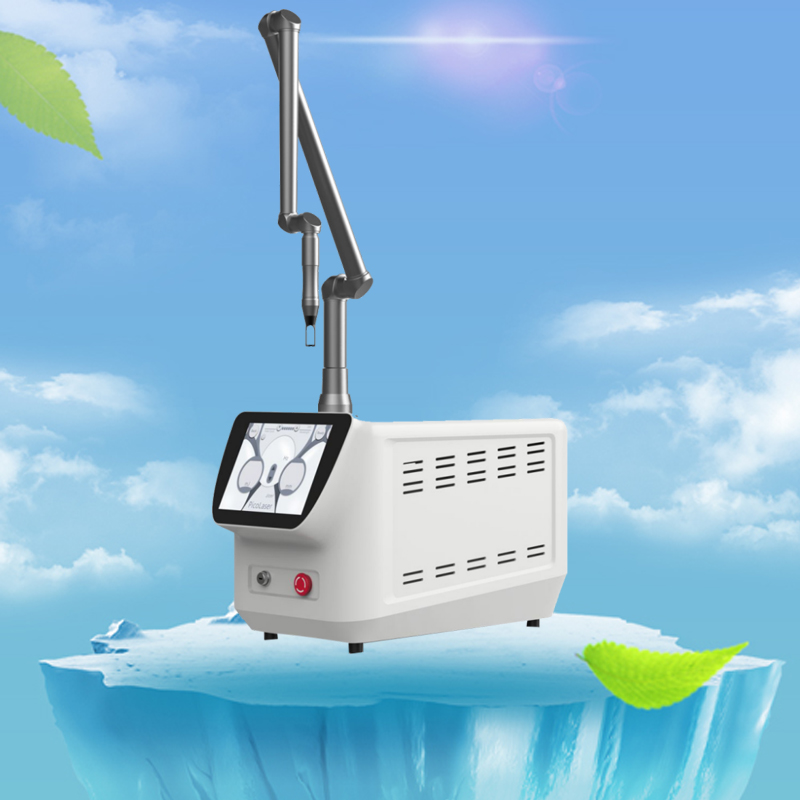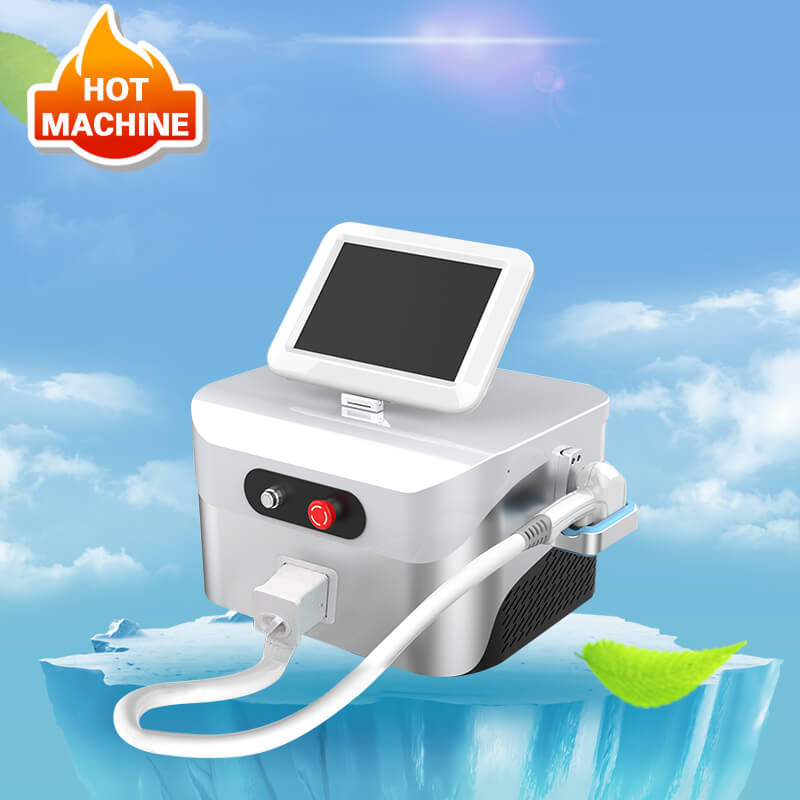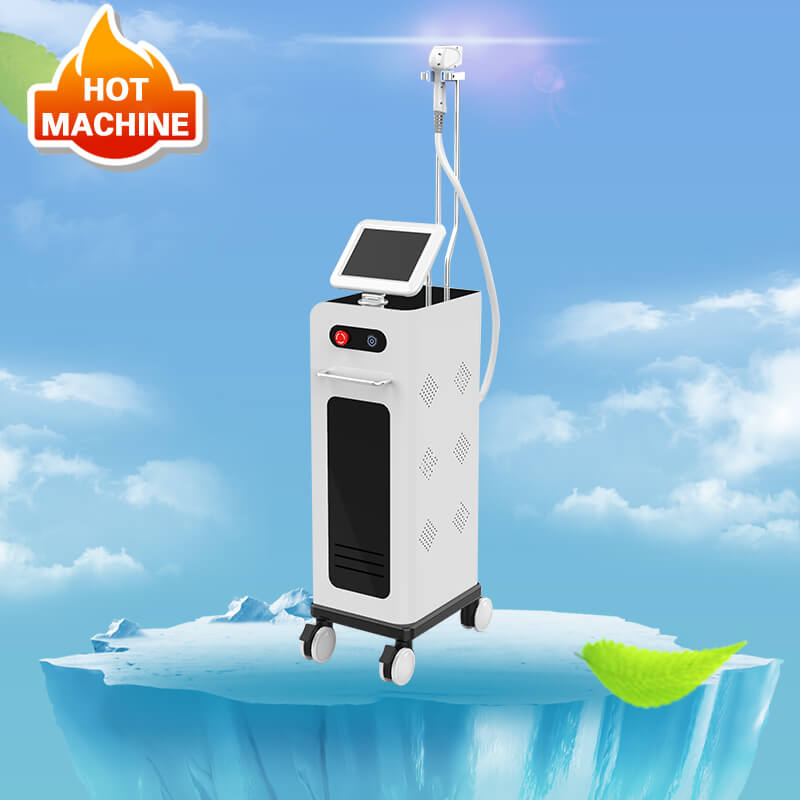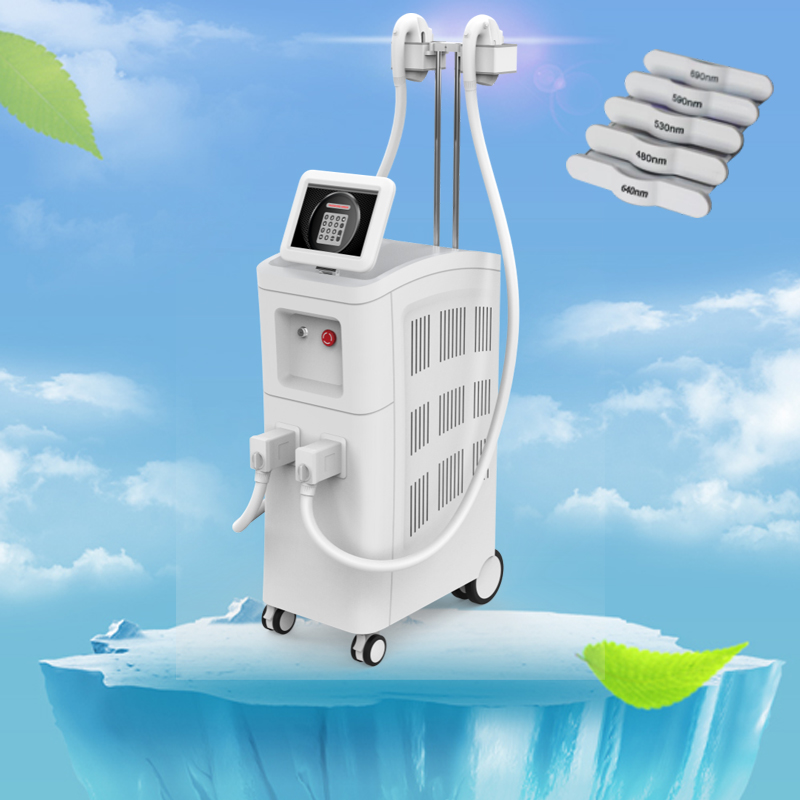What happens after the CO2 laser treatment?
Author:baishilf Time:2025-02-07 15:07:51
Every person’s skin is unique, but everyone can reap the long list of benefits of the treatment. Not only can it be used for the face, but it’s also a viable option for the neck, body, and hands, so you can tackle any area of the body where you’d like to improve. The results from CO2 laser skin resurfacing treatment will also minimize any tightening procedures you may need in the future, and it’s an excellent choice to handle various discolorations in the skin, whether they’re too dark or too light.
Those with fairer skin are prone to have more noticeable brown or red spots, which can become increasingly apparent as they age. The fractional CO2 laser can quickly improve the appearance of these spots with minimal effort. Aside from the cosmetic benefits the CO2 fractional laser machine provides, it can even help reduce lesions that may be precancerous, which can drastically affect your health as you age. Many people are happy to learn what’s possible with a fractional CO2 laser treatment machine, and it’s known to provide some of the best results regarding resurfacing and skin rejuvenation.
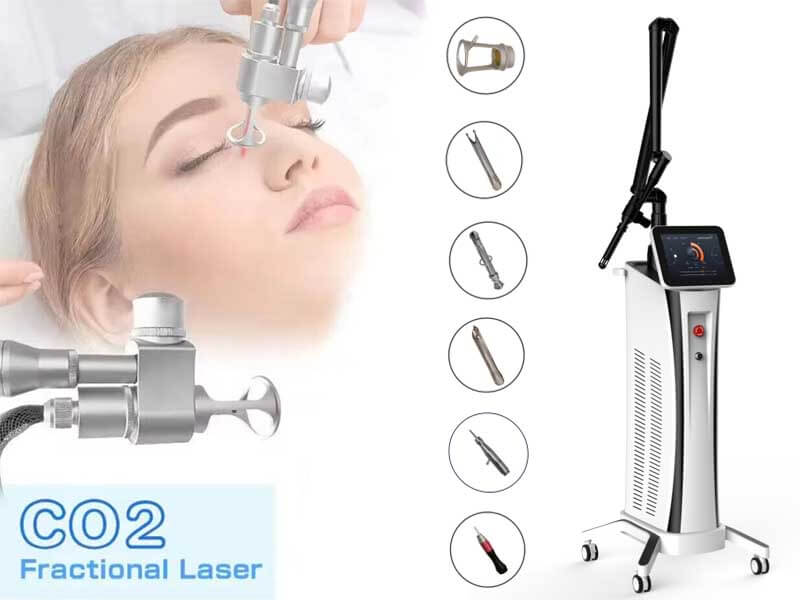
CO2 lasers have been used for many years to resurface skin. Typically, they are used to improve skin texture and tone, reduce wrinkles, remove sun damage and pigmentation, and to tighten skin on the face. They work by removing a fine layer of skin as well as heating the skin. This remodels the skin’s collagen, and this leads to significantly smoother, firmer, and more even-toned skin. Despite the dramatic results, there are many downsides to treatment with traditional carbon CO2 laser. The risk of traditional CO2 laser treatment includes prolonged recovery periods, gradual loss of skin pigmentation, and a relatively high risk of scarring in comparison to non-ablative lasers.
Good candidate for CO2 laser treatment. What can be treated with this laser?
CO2 laser treatment is for those people wanting skin resurfacing for the face, neck or body. Most commonly, the face, neck, decolletage, and hands are treated. Most people who present for CO2 laser treatment have a degree of concern about the effects of ageing and accumulated UV exposure on their skin. CO2 laser resurfacing can treat a number of skin concerns. It can be used to improve skin texture, reduce wrinkles, improve acne scarsand other scars, reduce sun-induced skin pigmentation, and to reduce skin sallowness. It can also help to tighten skin.
Because the CO2 laser is able to ablate (vapourise) skin tissue, certain skin lumps and bumps can be treated with this laser, including benign naevi (moles). Rhinophyma, an enlargement of the sebaceous glands on the nose that leads to a bulbous nose, can also be treated with the CO2 laser. Rhinophyma is usually caused by an underlying skin condition called rosacea. The carbon dioxide laser can ablate the excessive sebaceous tissue and return the nose to its normal size and shape.
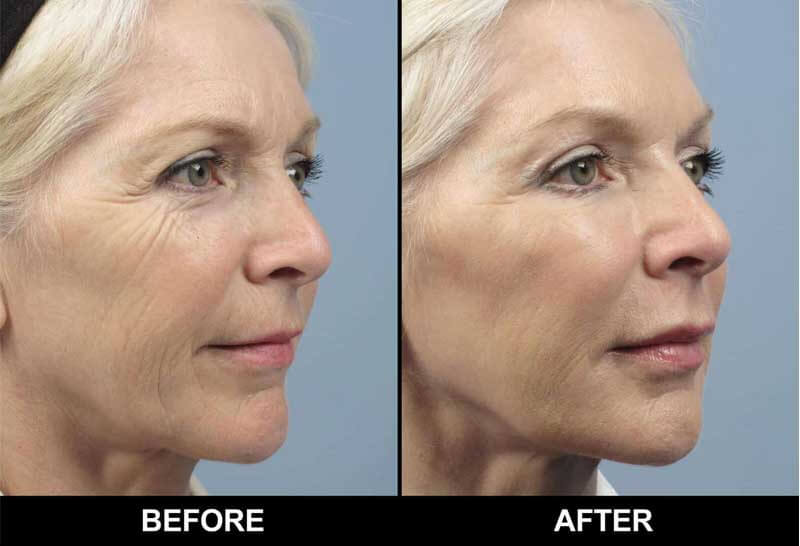
Who cannot have treatment with CO2 laser?
We recommend those who are pregnant, breast-feeding, are prone to keloid scars, and those who have taken isotretinoin (Accutane, Roaccutane) in the past 6 months to avoid treatment. The CO2 laser can also be used on most skin types from fair to dark, however, darker skin types may not be able to be treated with as aggressive settings as the fairer skin types due to the increased chance of darker skin types to have pigmentary disturbances post-laser.
What does CO2 laser treatment involve?
The first step of treatment involves preparing the skin for CO2 laser treatment. A good skin care regime with medical grade ingredients, especially topical retinoids, before laser can help improve the results achieved from laser as well as reduce the potential side effects. Topical retinoids can help to improve skin turnover and have been shown, if used for at least two weeks prior to CO2 laser resurfacing, to reduce the time of re-epithelialisation (regeneration and reformation of skin). For those with darker or olive skin types, preparation with a topical lightening agent such as hydroquinone may help to reduce complications such as post-inflammatory hyperpigmentation (darkening of the skin in the treated areas as a result of treatment).
In some cases, a test patch may be done to help determine the level of energy to be used as well as the possible skin response to the laser. This is usually done in more olive or darker skin types to help predict the possible outcomes. It is also performed in an inconspicuous area if possible. Especially for heavier treatments, anti-viral medications or antibiotics may need to be taken prior to the procedure to prevent infections.
What happens after the CO2 laser treatment?
Full recovery takes from 4 to 14 days approximately depending on the level of energy used in the treatment (this can be tailored to your requirements). Off-face areas usually take longer to heal, and usually only lower energy levels can be used for these areas. There is a period where the skin appears quite red. Usually this subsides within 1 week in lower energy level treatments, but may take up to one month to fade for more aggressive treatments. Swelling of the face/eyes may occur for a few days, and sleeping on a 45 degree angle or greater can help to reduce this. There may be a mild acne-like break out (small white pustules) on the face after 3 days as the skin regenerates. The skin may scab, peel and flake and this occurs over one week.
Vaseline needs to be applied post treatment until the skin peels, and then a normal moisturiser can be used. Sun avoidance is important post procedure to help reduce the chance of pigmentation changes post treatment, or more specifically, darkening of the treated areas. Anti-viral medications or antibiotics may need to be taken post-treatment, depending on the depth of your treatment, and closely monitor you for any signs of infection.
What risks are associated with the CO2 laser procedure?
Although fractional CO2 laser treatments are known to be very low risk in comparison to many other laser treatments, they aren’t entirely risk-free. It’s possible to encounter minor burns or irritation from the laser’s heat, and in more severe cases, scarring can occur. Keep in mind that scarring would be rare, considering the precision and safety that comes with the CO2 laser.
There are other known risks that are more niche, which include a change in the skin’s pigmentation, whether darker or lighter. It can also cause a bacterial infection if the operation isn’t properly executed and managed and even reactivate herpes cold sores. Once again, these are not common by any means. With the quality and safe results that fractional CO2 laser treatments are known for, it’s highly unlikely you’ll encounter the more severe risks mentioned above.
You also need to consider that your skin may go through some changes as it heals from the CO2 laser procedure. Many of these are quite normal and shouldn’t be considered a risk to your health. Of course, your surgeon should make you aware of these changes beforehand, and if you run into any health complications, they should be equipped to manage that as well.





